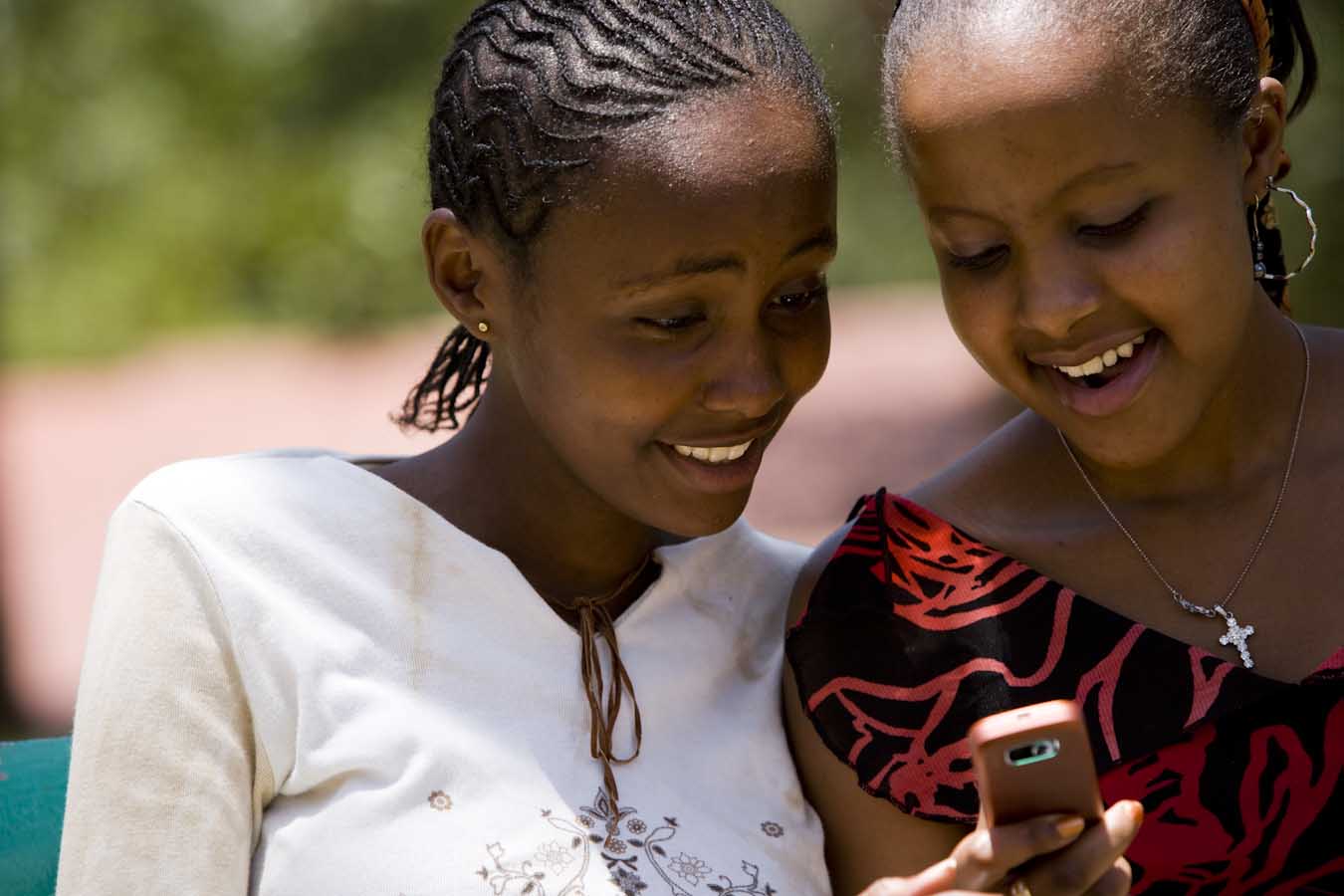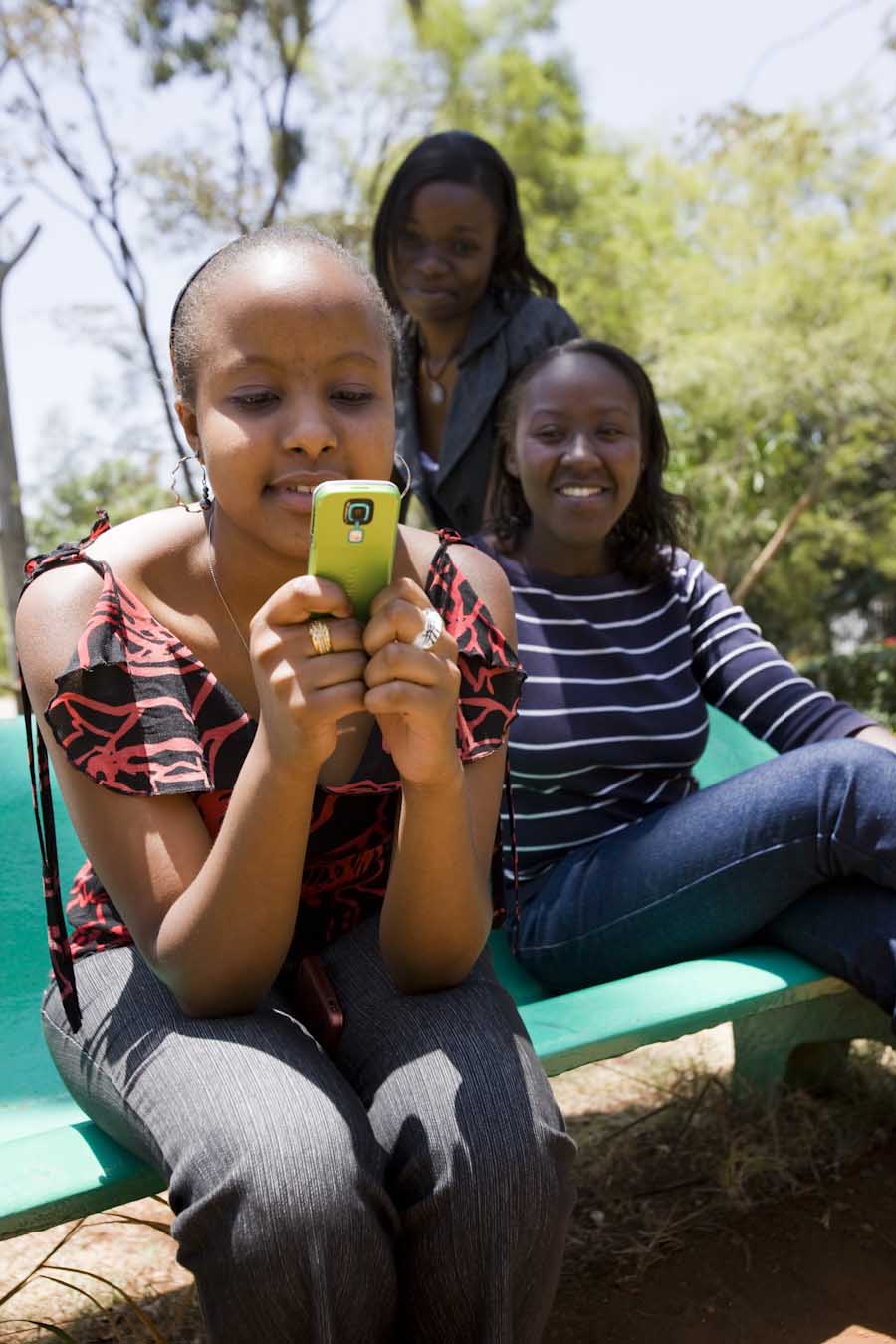Q&A with Sanna Eskelinen, Social Investments, Microsoft Mobile Devices

Everyday, 1.3 billion people use Nokia-branded mobile devices, making Microsoft one of the largest device providers in the developing world. Their work is demonstrating how the mobile device industry can potentially transform education systems.
The Global Business Coalition for Education – a business-led coalition committed to global education – recently sat down with Sanna Eskelinen, Social Investments, Microsoft Mobile Devices. We discussed the successes and challenges in partnership building for education as well as how mobile devices can improve content delivery and data management.
Editor’s Note: While the below activities started in Nokia, they are now part of a social impact portfolio in Microsoft following the merger of Nokia’s devices and services business with Microsoft.
Q. Why was Nokia investing in education?
A. We believe that mobile technology can empower everybody to improve their lives and education is a big part of that. Right now, millions do not have access to a quality education worldwide, but there is a high possibility that their families have access to a mobile device. We felt our expertise in mobile technology could help deliver quality educational content and improve the quality of education. We also decided to invest in education as a social priority because it aligned with the personal interests of our employees (as indicated by an employee survey we did).
Q. The Nokia Mobile Mathematics program started in South Africa at the request of the Deputy President of South Africa. How has the program followed best practices?
A. Nokia’s Mobile Mathematics program started in South Africa in 2008. We are now in its sixth year. The program came out of discussions with the Deputy President of South Africa at the time, who was concerned that South Africa would not be able to produce future engineers and scientists required to meet future economic growth without developing strong skills in mathematics particularly at the high school level. The program is a mobile learning platform that includes almost 10,000 mathematics exercises for grades 10 – 12, aligned with the latest South African Mathematics curriculum. The system involves peer-to-peer support so that students can create self-initiated study groups and classes. The learning is also self-paced as students collect points and advance levels when they’re ready.
Q. How has the South African government responded to the program?
A. The government has responded very favorably to the program. The program is a browser-based solution so it works across all devices with an internet browser. The government wanted to ensure all students have equal opportunity to participate regardless of what brand of device they have. We also are completing a rigorous evaluation of the program’s impact on learning outcomes using an independent evaluator. We consider this an ongoing process, so we refresh data on a consistent basis.
Q. What have you learned about business-government relationships?
A. Good partnerships start from aligned interests. Nokia is full of engineers who are passionate about math and science. In our case, proposing to work with a government on a topic that our people care about lays the groundwork of a good partnership. The second thing is to consider partnership timelines. Government looks at capacity development for the next five, ten, twenty years, which is a timeline that companies typically don’t talk about. Recognizing the differences in timelines and trying to find a goal that works both in the mid-term but also in the short-term is helpful. Lastly, I think the whole partnership has to be very open. You have to have communication and, of course, that is built on trust.
Q. In the education sector, the Global Partnership for Education has highlighted the need for improved data monitoring and management of education systems, especially in low-income countries. What has Nokia done in that respect?
A. Mobile phones can collect and transmit data from the remotest locations in real time. The Philippines, for example, has thousands of remote islands, so data collection for education is extremely challenging. Our program makes the information collection process more efficient – which helps the Ministry of Education respond to challenges more quickly. This is also a program that other sectors have used extensively – we’ve used it for tracking dengue fever in the Amazon, building decentralized birth registration centers in Liberia and water mapping in the Horn of Africa.
Q. Could you please share a personal story about the success of the programs?
A. A young man named Goodwill was one of the first that we spoke to when we started Nokia’s program in South Africa. You can see that in a video interview where he discusses his experience using Nokia’s Mobile Mathematics program. When we were doing an event launch in South Africa last year, we tracked him down. Goodwill eventually achieved exceptional marks in mathematics and was awarded a bursary for an engineering degree. He’s now completing his first year in university.
Q. What are the challenges that the programs have been facing?
A. Well, it really depends on the program’s context. A typical challenge we face is that partnerships take time. As a business, you take your time and do your homework, but it’s sometimes hard to look to the longer-term when you operate within a business that is used to quarterly or yearly planning.
Another challenge we have faced is that when we invest education, the content has to be localized, so you have to adapt learning activities to each country. Lastly, we have technical challenges. We’ve found that users want a perfect experience with every mobile device– it is quite hard to provide a service that works across all devices purchased at different times and across different price ranges.
Q. Do you see a role for Nokia technology in emergency response for education? If so, what could it be?
A. In terms of natural disasters, we’ve seen some potential applications. We do have a few education programs that are emergency-specific. For example, we’re working with the International Rescue Committee to expand quality education opportunities in Haitian rural schools destroyed by the earthquake. We’ve seen that even if infrastructure is not there, learning doesn’t have to stop. Mobile phones can be a part of the solution in the short-term.
Photo © Microsoft Mobile

